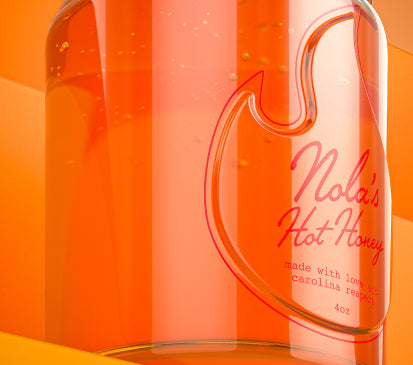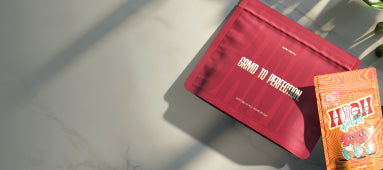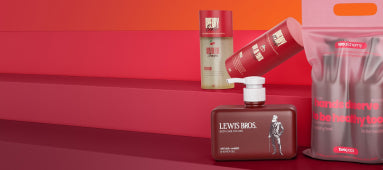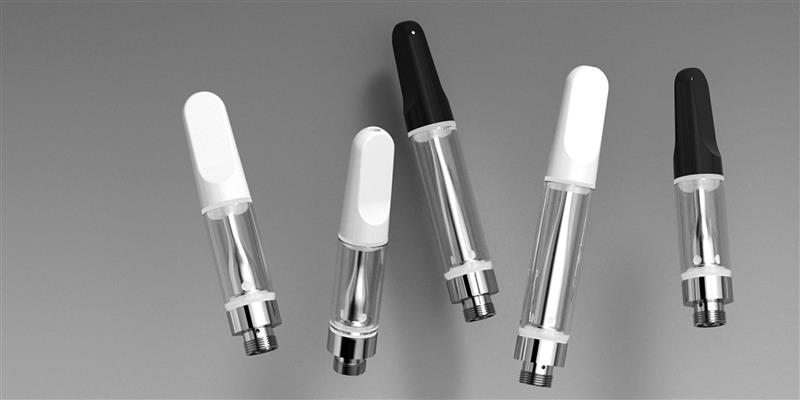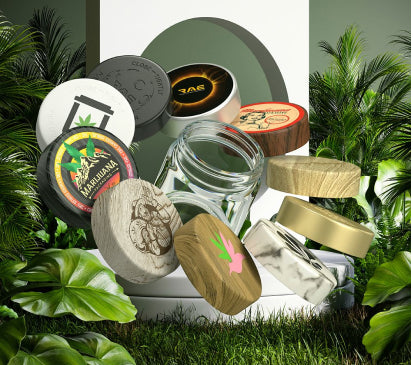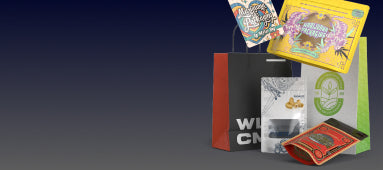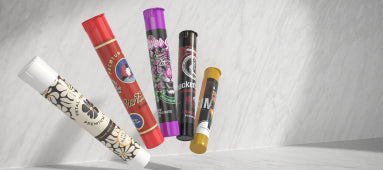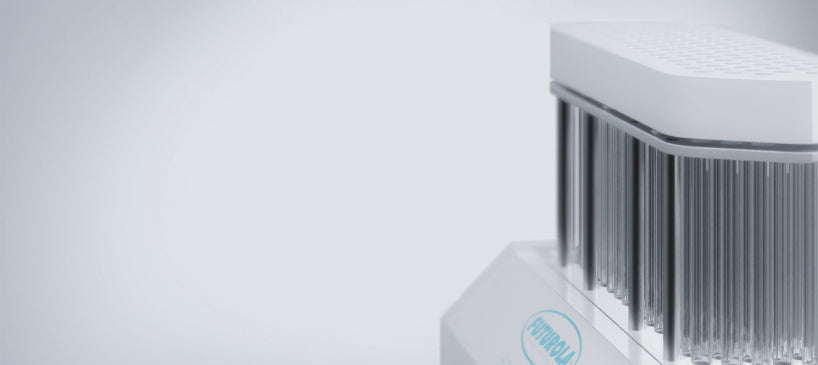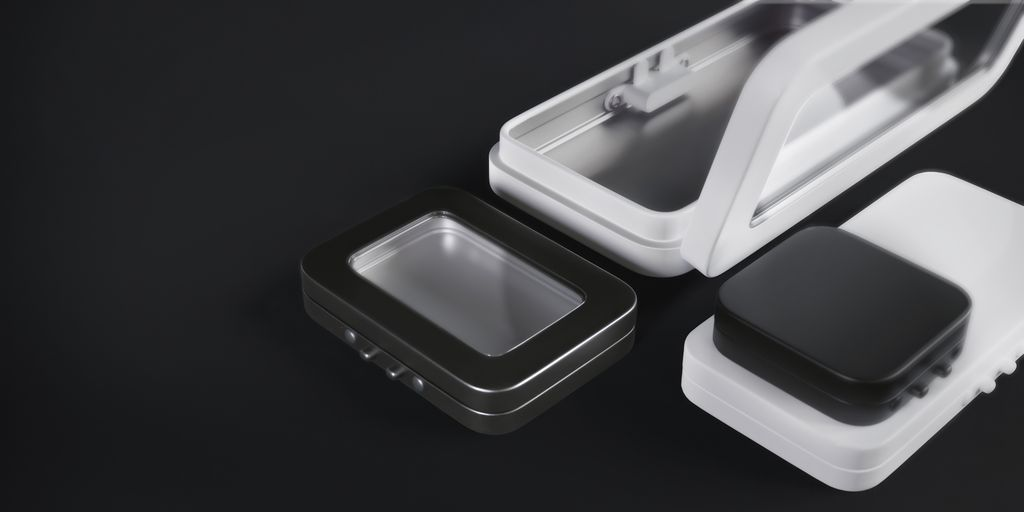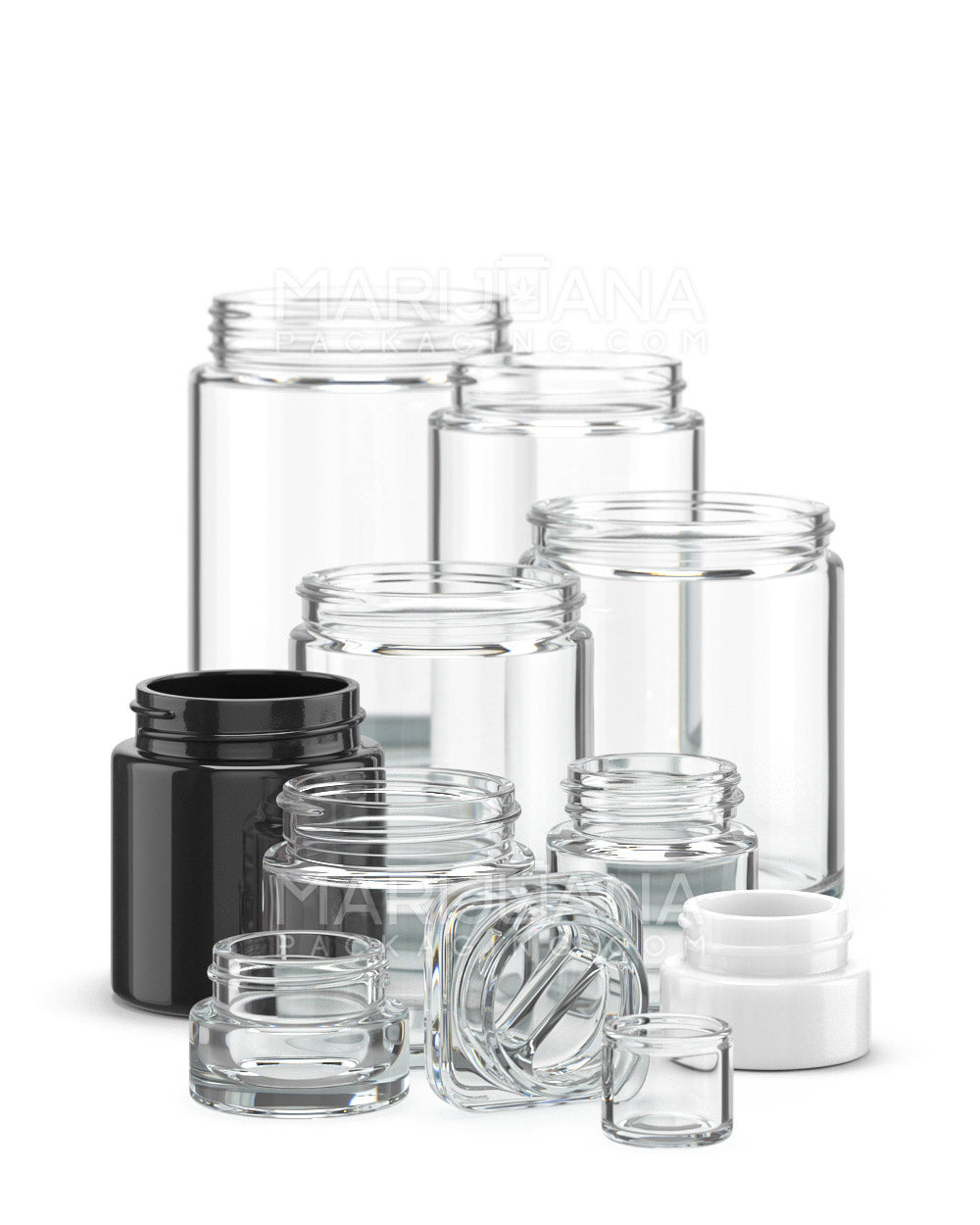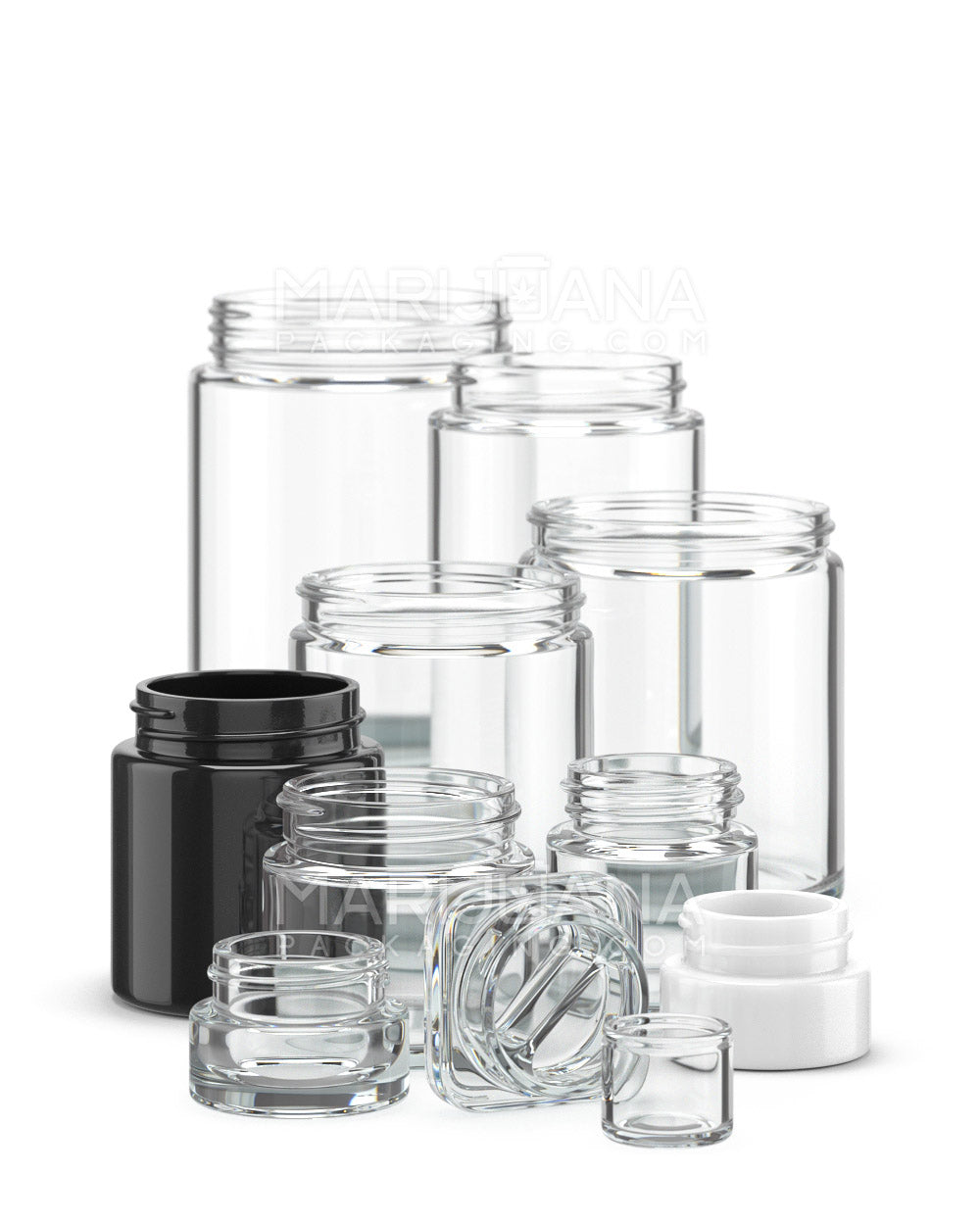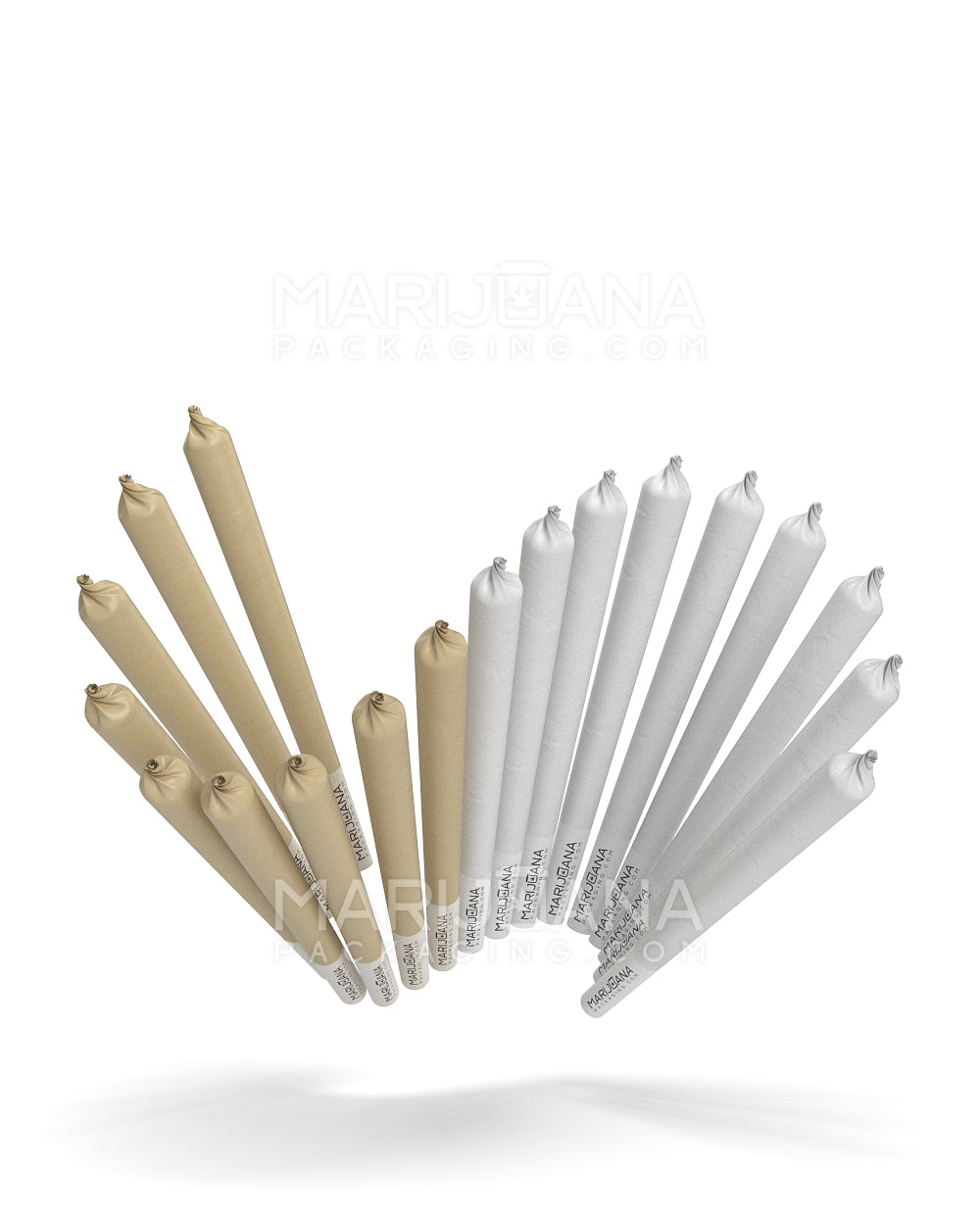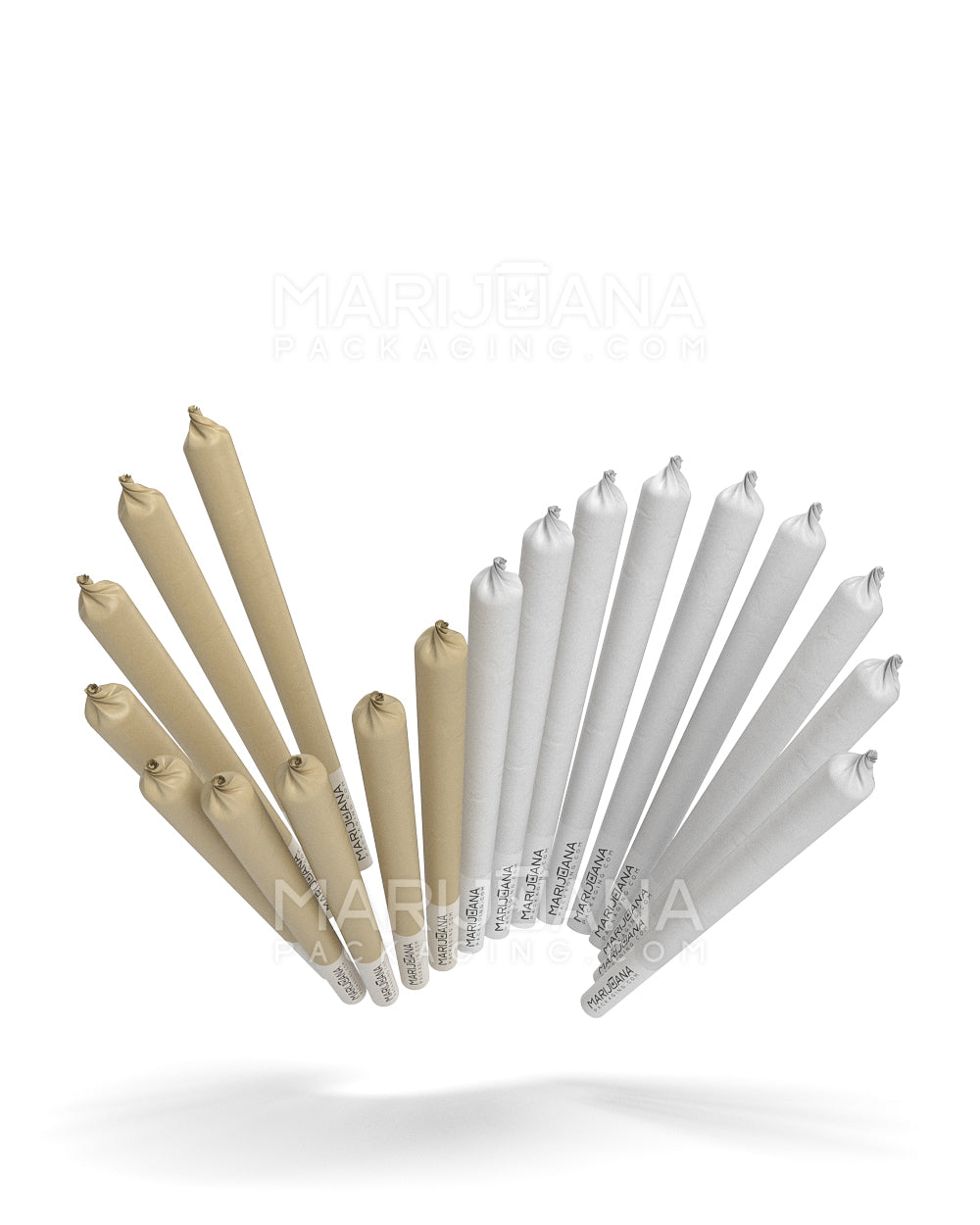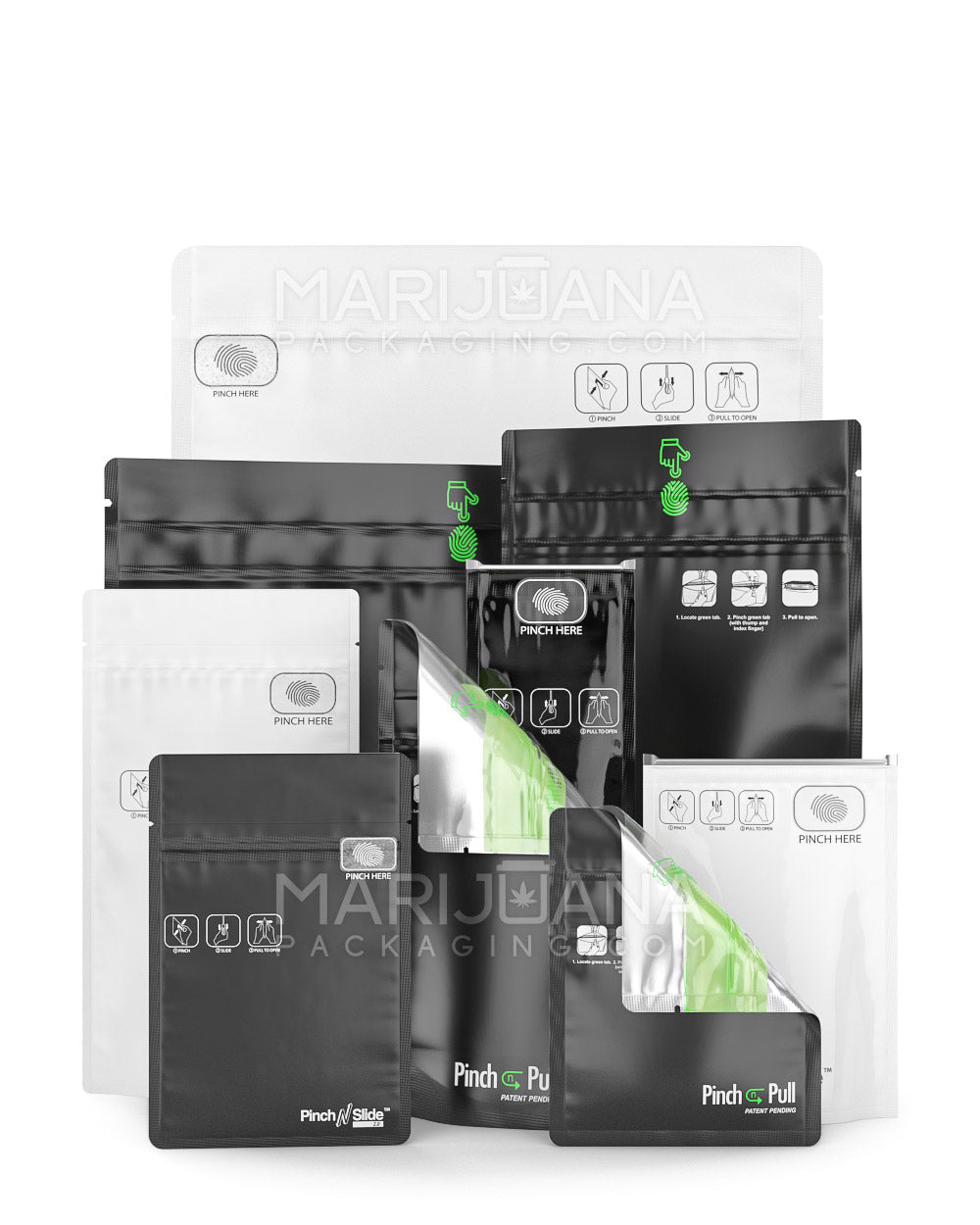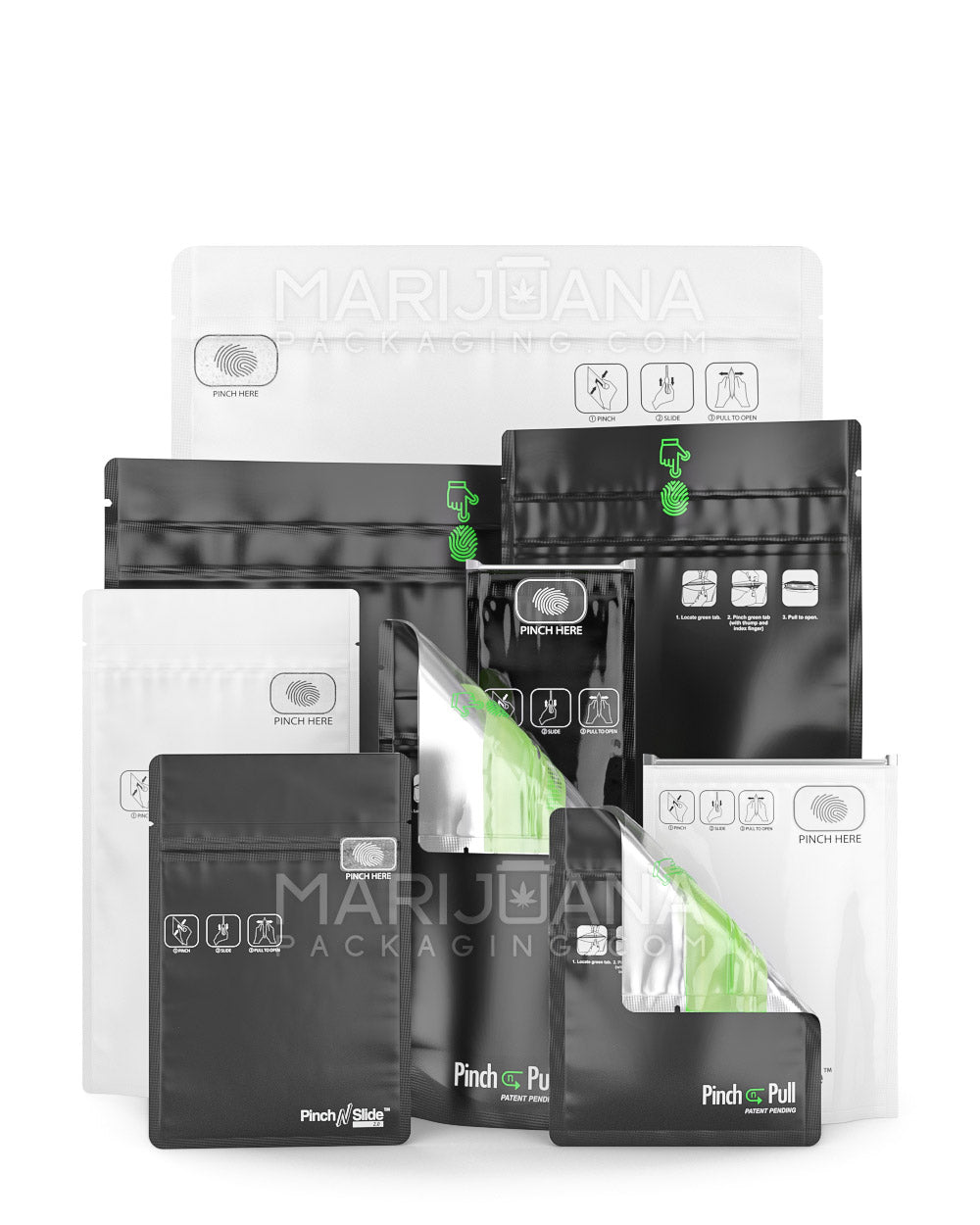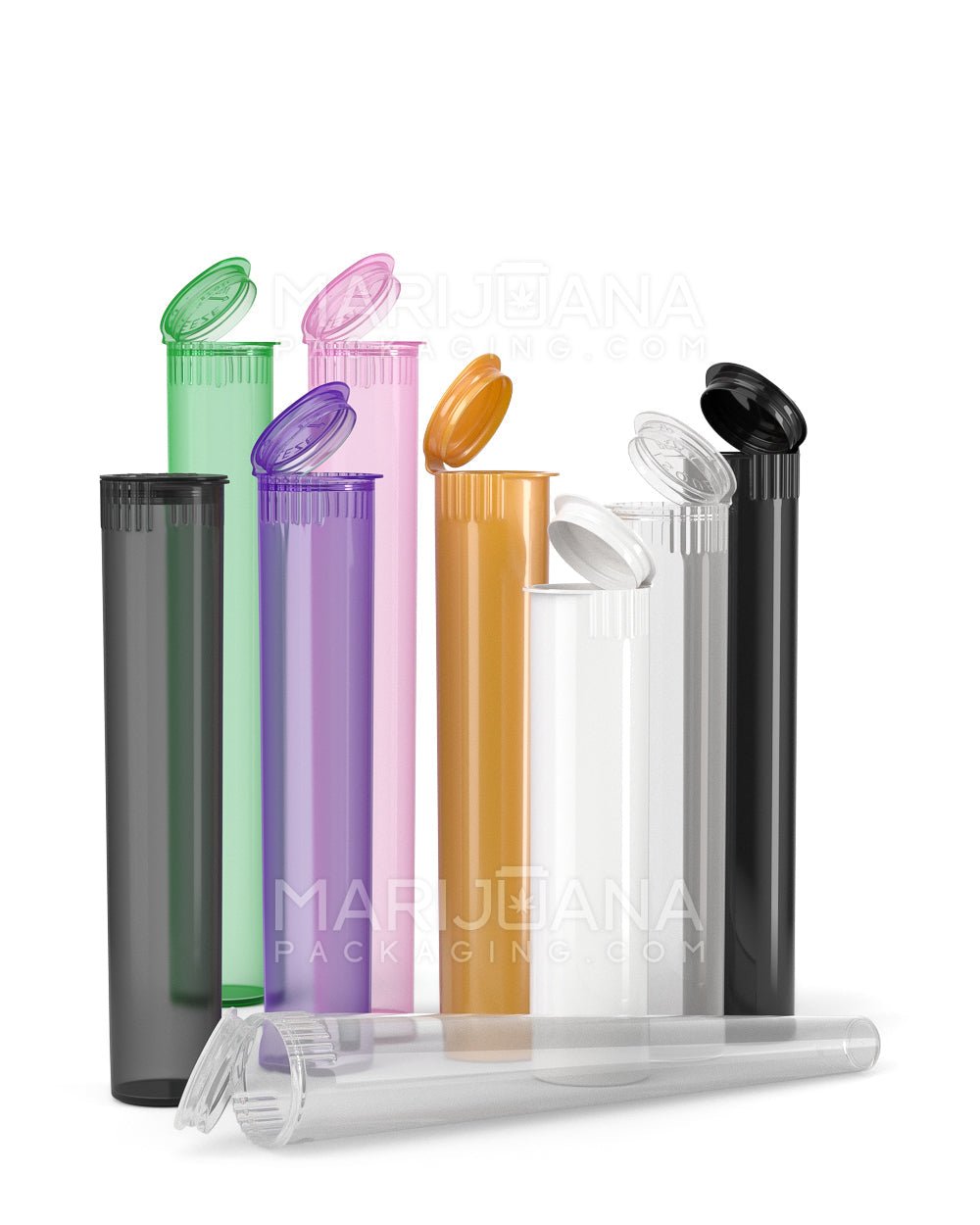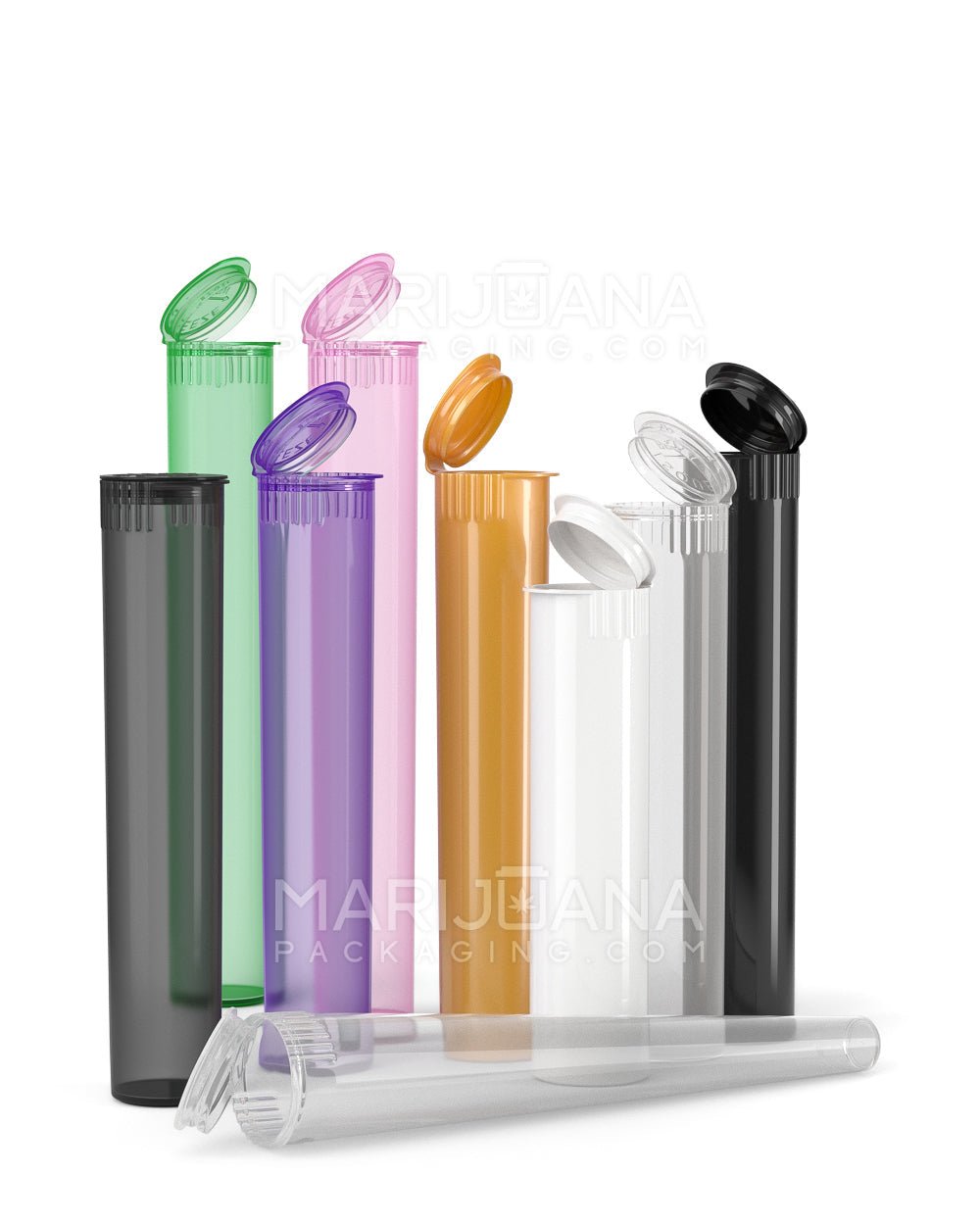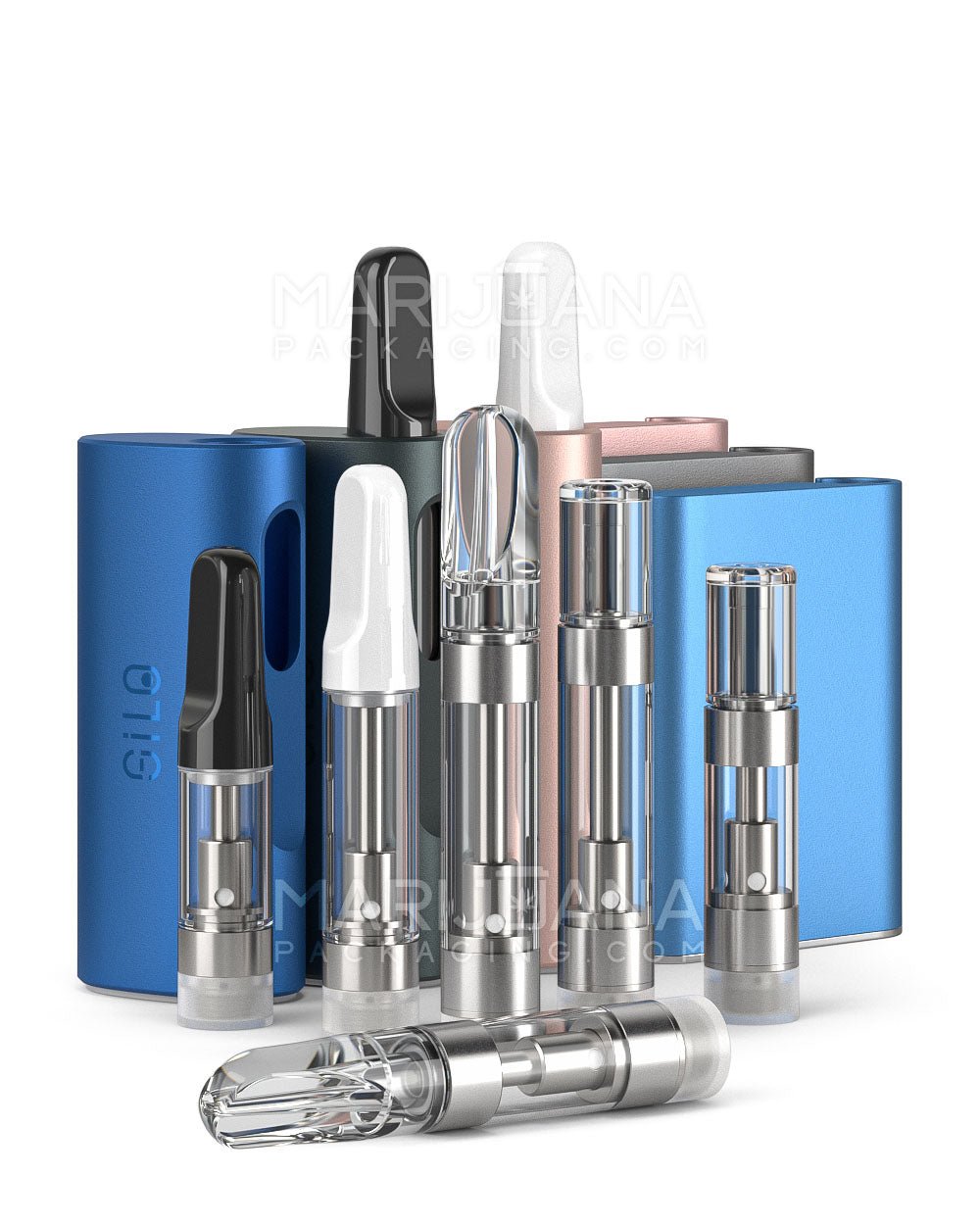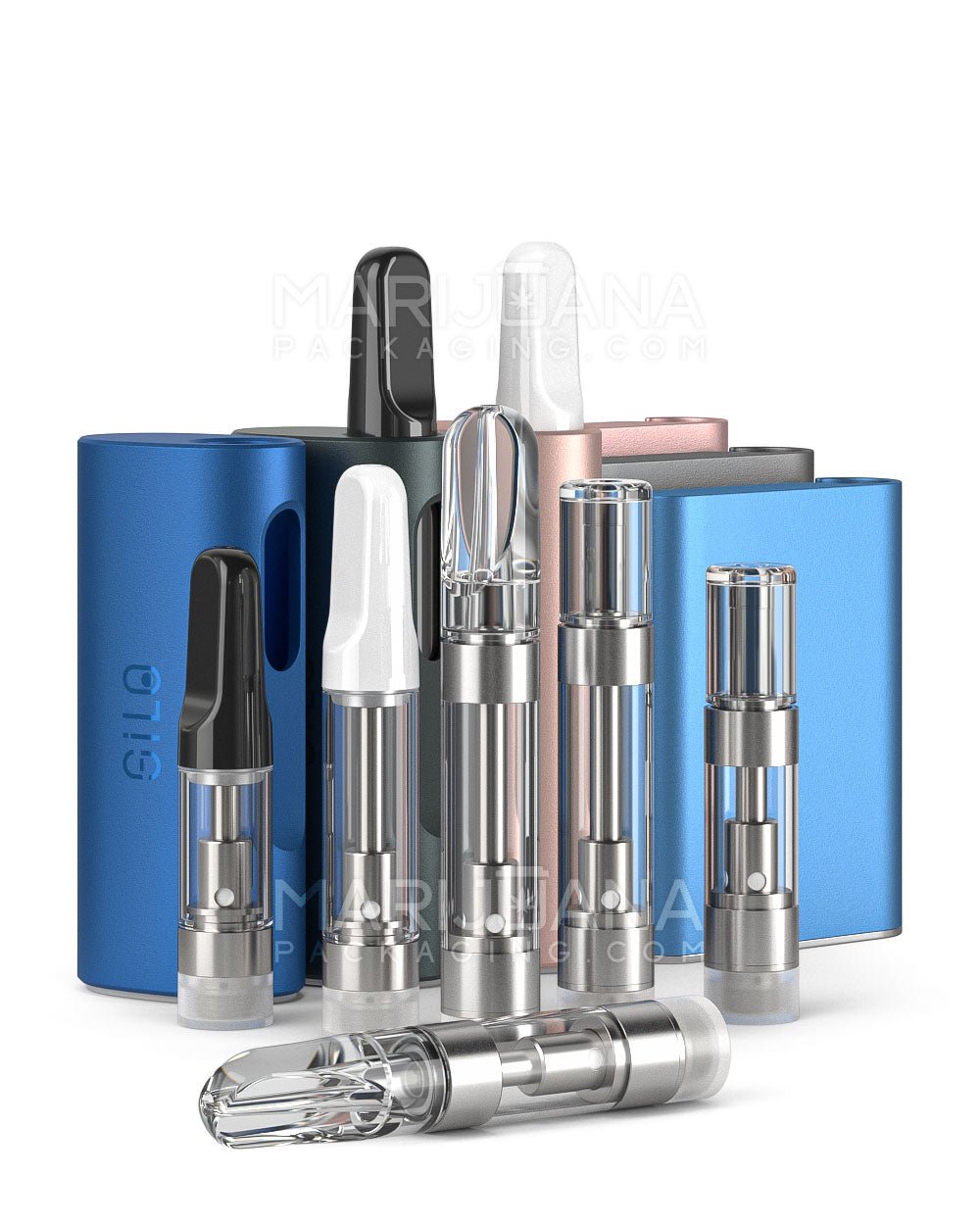The vast modernization of our current world has necessitated novel living experiences. As spaces in the urban setting become smaller and pricey, many have been forced to reimagine space management. This applies to both homes and offices. Foldable furniture has proven to be an ingenious solution to tackling this problem. With many companies even making sustainable furniture options, the demand for these products has soared tremendously.
As this sector grows, so does the need for custom packaging. Besides promoting brand identity, they help protect these innovative products during transport.
Unique Challenges in Packaging Foldable Furniture
Foldable furniture is unique and quite different from ordinary ones. Their moveable components usually add a layer of complexity during packaging. Plus, they require special furniture transport solutions to ensure they remain intact during transit. This is a crucial step since it helps with eliminating any damage which can lead to increased returns. Similarly, it can also cause an upsurge in diminished customer satisfaction.
Protecting Movable Components
The design must account for the flexibility and potential movement of parts within the packaging. Custom inserts, such as foam or molded pulp, can be used to secure these components, preventing them from shifting during transit. Additionally, using corner protectors and bubble wrap can enhance safety against impacts.
Aesthetic Appeal
One of the primary functions of packaging is protecting products. However, it shouldn’t just end there. It should also reflect the brand’s value and resonate with target consumers. You can simply achieve this by harnessing custom printing. This will allow you to showcase your brand logo and colors. Similarly, innovative structural design can enable you to create an engaging unboxing experience.
Durable Packaging Materials
Selecting the right materials is essential for creating durable packaging solutions for foldable furniture. Common materials include:
Corrugated Cardboard
Corrugated cardboard is among the top picks when it comes to packaging materials. This can be attributed to its strength and lightweight properties. Hence, they are cost-effective. They also do a phenomenal job of protecting products against impacts.
Medium Density Fiberboard
For brands looking to convey luxury, this is the ideal material. Its sturdy nature ensures that products remain intact while retaining the overall design aesthetics. For this reason, they are perfect for high-end furniture brands.
Recycled Paperboard
The use of green packaging material has become very popular in recent times. Their use has been necessitated by the growing need for conservation efforts. Integrating recycled paperboard material for your packaging can help keep the environment cleaner while attracting eco-conscious consumers.
Sustainable Practices in Packaging Design
As previously mentioned, environmental concerns have been a factor that has led to the adoption of safer packaging practices. There are several ways to attain this goal. For instance, efficient design processes can optimize material usage. Consequently, this can help reduce waste significantly.
Creating multi-functional packaging is yet another superb idea. Consumers can repurpose the packaging which helps extend their lifecycle. Ultimately, this is a net positive as it ends up reducing the overall waste.
Innovations Balancing Protection with Visual Appeal
Similar to other sectors, the packaging industry has also witnessed significant leaps when it comes to innovations. Balancing these changes with visual appeal requires keen attention to detail. Some of the most notable packaging design trends include:
Smart Packaging Solutions
Harnessing revolutionary techs like QR codes and NFC chips allows businesses to engage with consumers well beyond the time of purchase. This can either be as care instructions or interactive content, thus engaging users.
Premium Finishes
Most brands are upping their game with eye-catching finishes like spot UV and embossing. These styles create an elegant, tactile experience that upgrades the perceived value without compromising functionality.
Trends in Packaging for Space-Saving Furniture
As urban living spaces become smaller, the demand for space-saving furniture increases. This trend influences packaging design significantly:
- Flat-Pack Solutions: Many brands are adopting flat-pack designs that allow furniture to be shipped efficiently while minimizing space during transport. This approach aligns well with consumer preferences for easy assembly and storage.
- Compact Designs: Packaging must reflect the compact nature of foldable furniture, ensuring it fits easily into tight spaces without sacrificing protection or aesthetics.
Reducing Damage And Elevating Brand Perception
Custom packaging solutions offer brands the ability to tailor their offerings specifically to their products’ needs:
- Tailored Dimensions: Custom-sized boxes ensure a snug fit around furniture items, reducing movement during transit which minimizes damage risk.
- Brand-focused packaging: Customized designs allow brands to communicate their values effectively through visuals and messaging on their packaging, enhancing overall brand perception.
Bottom Line
Foldable furniture packaging presents unique challenges that require a thoughtful approach to balance durability with aesthetic appeal. Implementing the discussed strategies can give your business a competitive edge, thus increasing your revenue. As trends continue to change, staying abreast with consumer preferences is the key to developing successful packaging strategies.
